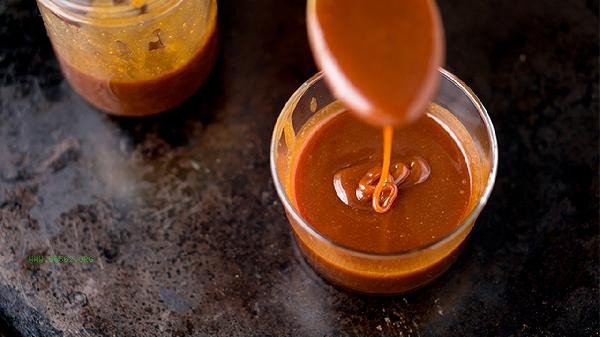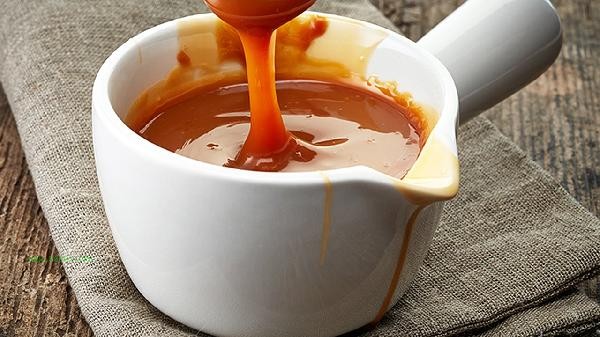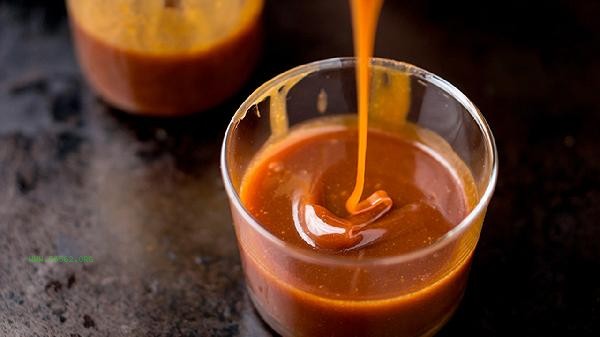The key to making jam lies in choosing fresh fruits, controlling the sugar ratio, and mastering cooking techniques. Simple and delicious jam can be achieved through three steps: cleaning and cutting, pickling with sugar stains, and simmering over low heat.

1. Clean and cut
Choose mature and undamaged fruits such as strawberries, blueberries, or peaches, rinse with running water, and drain thoroughly. After removing the core and skin, cut into even small pieces. Berries can be used directly. Avoid contact with raw water during the processing, otherwise it may cause the jam to spoil. Hard fruits can be steamed until soft before being cut into pieces, which helps shorten the cooking time.
2. Sugar pickling
Mix fruits with white sugar in a ratio of 1:0.3-0.5 and let it stand for 2 hours. The sugar can precipitate pectin and inhibit bacteria. Fruits with high acidity can be balanced with lemon juice, adding half a lemon juice per kilogram of fruit is sufficient. It is recommended to use glass or ceramic materials for pickling containers to avoid chemical reactions that may affect the flavor of metal containers.

Third, simmer over low heat
Pour the marinated fruit pulp and juice into a stainless steel pot, boil over high heat first, then turn to low heat and continue stirring. When the liquid thickens and the dripping speed slows down, taking a small amount of jam and dropping it into cold water can form it, which means it is cooked well. During the boiling process, it is necessary to constantly skim off the foam to maintain a clear and bright color of the jam. After turning off the heat, put it into a disinfectant glass bottle while it is still hot, and invert it to form a vacuum seal.

Homemade jam should be stored in a cool and dark place. After opening, it should be refrigerated and consumed within two weeks. It can be eaten with sugar free yogurt, whole wheat bread or oatmeal Congee, which can not only retain fruit nutrition but also avoid excessive added sugar. For people with diabetes or sugar control, erythritol and other sugar substitutes can be used to replace some white granulated sugar, but it should be noted that sugar substitutes may affect the setting effect of pectin. Use clean utensils every time you use them to avoid contamination and mold growth.








Comments (0)
Leave a Comment
No comments yet
Be the first to share your thoughts!